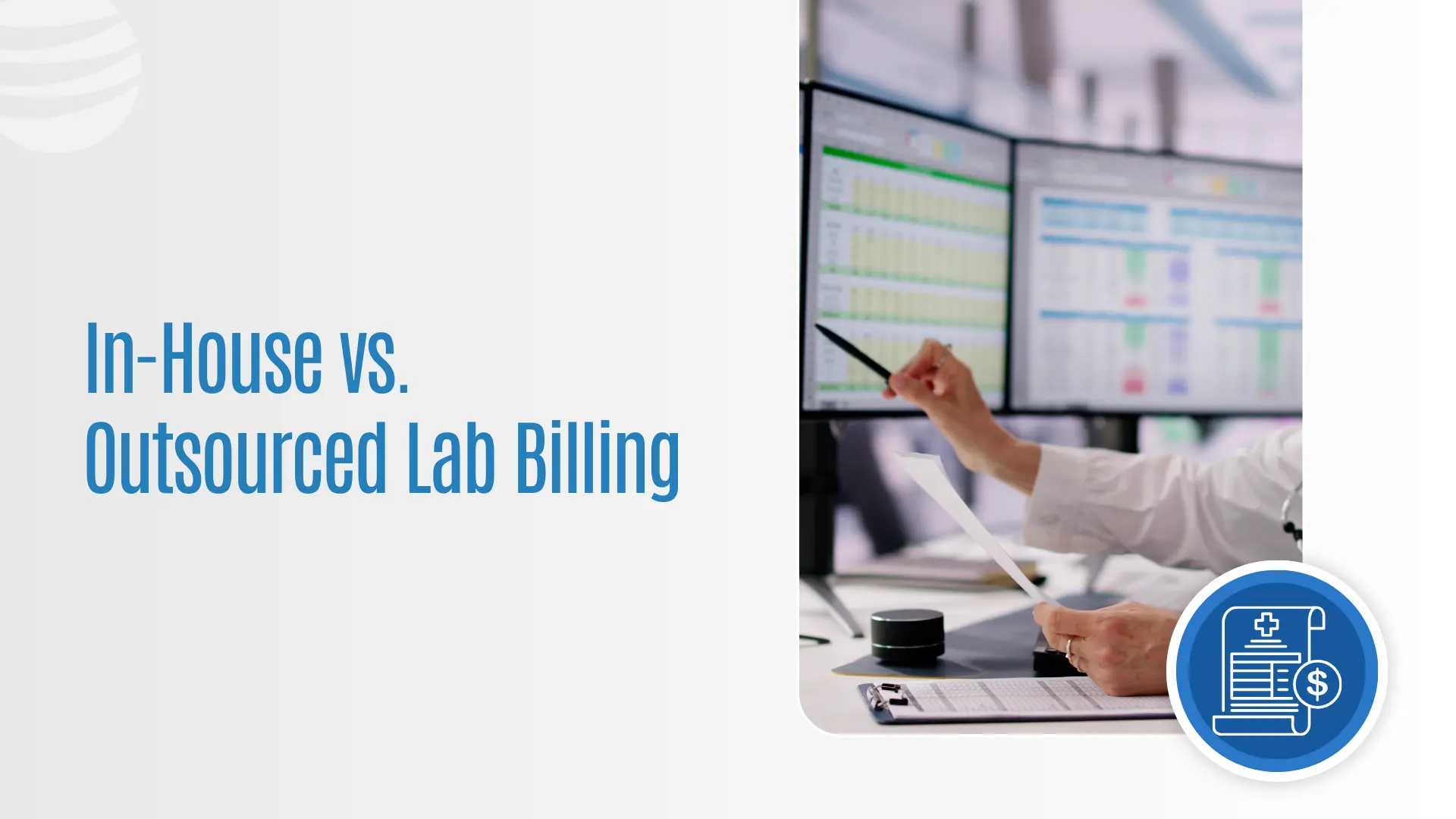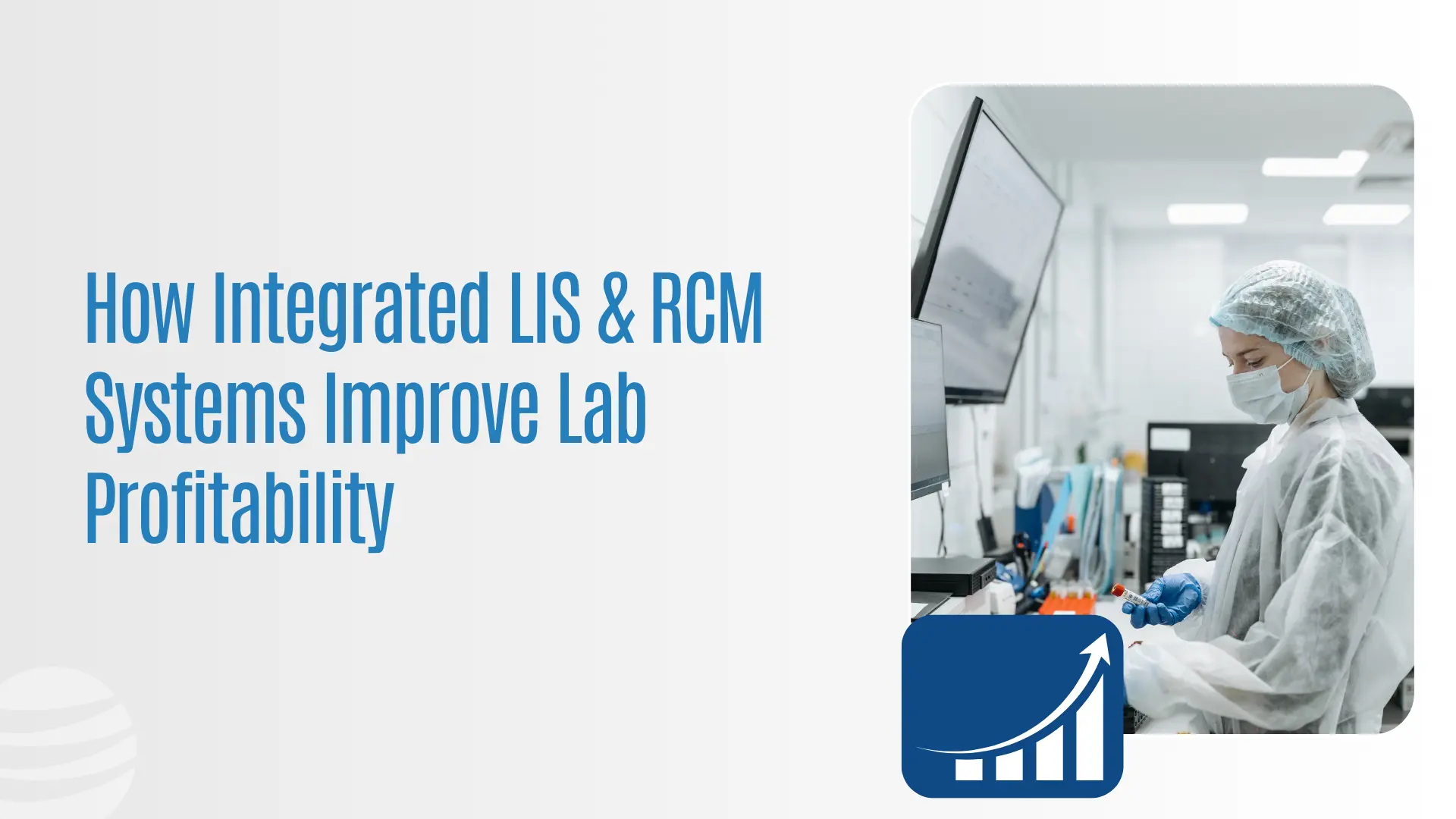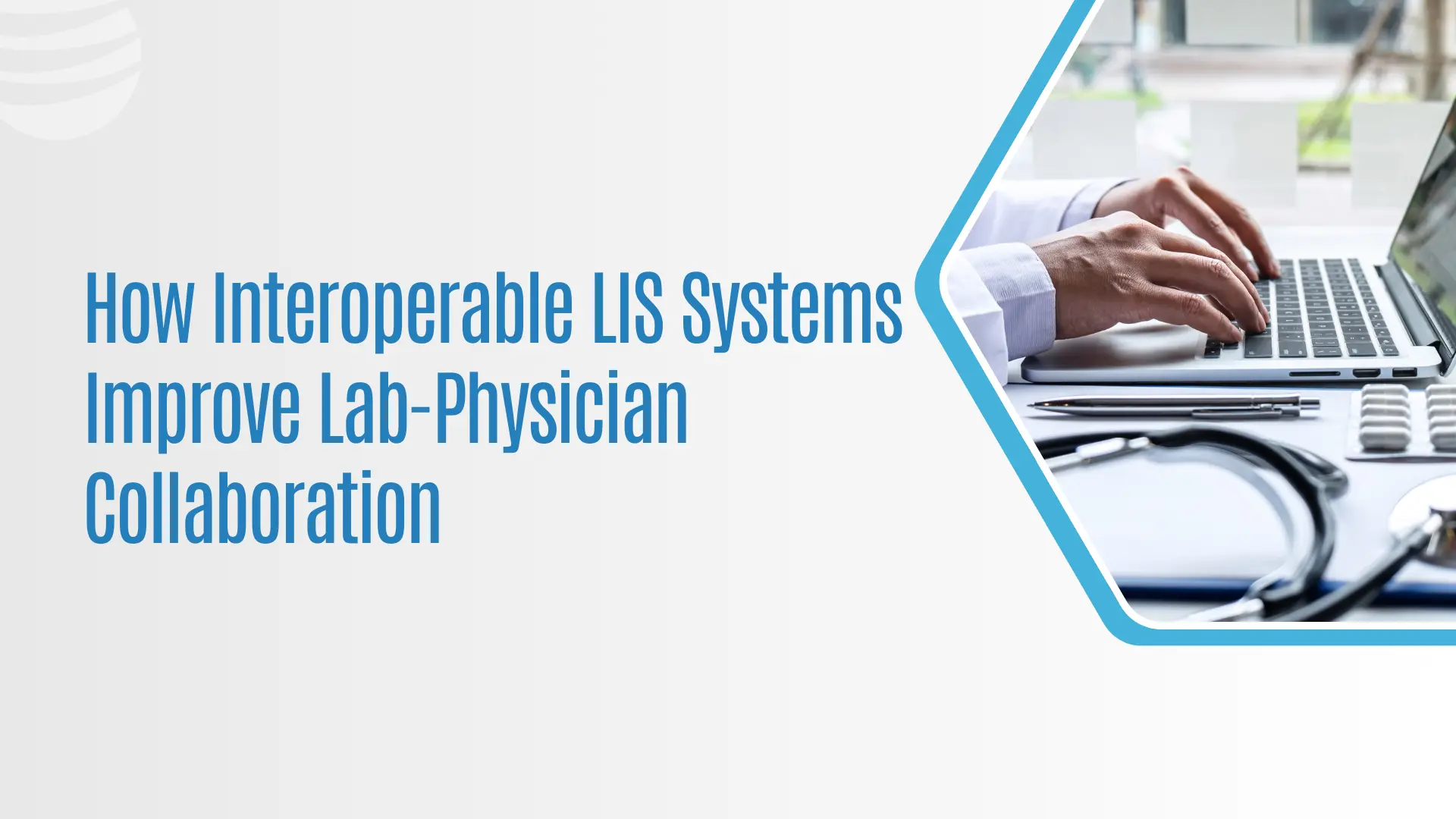
In-House vs. Outsourced Lab Billing: What’s Best for Your Lab?
In-House vs. Outsourced Lab Billing: What’s Best for Your Lab? Billing Isn’t Just a Back Office Function For most labs, billing is the final step

The healthcare industry's heart is the need to provide quality patient care. One of the biggest challenges that healthcare facilities face is staff shortages. Staff shortages can significantly impact the efficiency and productivity of laboratories. This can result in increased wait times, delayed test results, and decreased patient satisfaction. However, integrating laboratory information systems (LIS) into the lab's workflow can help manage staff shortages and improve patient care.
LIS integration refers to incorporating a laboratory information system into the lab's workflow. LIS integration automates many tasks that were previously done manually by lab personnel. This includes tasks such as sample tracking, result entry, and data entry. By automating these tasks, LIS integration frees staff to focus on tasks requiring more specialized skills.
LIS integration can help manage staff shortages in several ways. Firstly, it can improve lab efficiency by automating many tasks previously done manually. This can help to reduce wait times and improve the speed at which test results are processed. Secondly, LIS integration can improve communication between lab departments. Lab staff can quickly identify potential issues or discrepancies by providing real-time access to patient data and test results. This can help to reduce errors and improve the quality of patient care. Thirdly, LIS integration can enhance overall lab quality and compliance. By automating many processes, LIS reduces the risk of human error and improves the consistency of results. It can also help labs to adhere to regulatory requirements and best practices, reducing the risk of non-compliance.
LIS integration works by linking the lab's information system with other systems used in the healthcare facility. This can include electronic medical records (EMR) and other systems used by healthcare providers. By linking these systems, lab staff can access patient data and test results in real-time. This can help to improve communication between lab departments and reduce the risk of errors.

Integrating LIS into your lab's workflow can provide several benefits, including:
One of the primary benefits of LIS integration is the automation of many tasks that were previously done manually by lab personnel. For instance, the system can streamline sample tracking, automate result entry, and reduce the need for manual data entry. This automation frees staff to focus on tasks requiring more specialized skills, such as data analysis or interpreting test results. It also reduces the risk of errors that can occur during manual data entry.
Another advantage of LIS integration is the improved communication between lab departments. Lab staff can access patient data and test results from other departments in real time, which allows for quicker identification of potential issues or discrepancies. This feature is particularly useful when urgent or critical test results need to be communicated to physicians quickly.
LIS integration can also enhance overall lab quality and compliance. By automating many processes, LIS reduces the risk of human error and improves the consistency of results. It can also help labs to adhere to regulatory requirements and best practices, reducing the risk of non-compliance. This feature is particularly important as laboratories must meet stringent regulations to maintain accreditation.
LIS integration can also help to reduce turnaround time for lab results. The system can speed up the process of producing test results by automating result entry and sample tracking. In turn, this can improve the overall efficiency of the lab, leading to increased patient satisfaction.
By automating many manual tasks and improving communication between departments, LIS integration can also lead to improved patient care. Faster and more accurate test results can lead to quicker diagnosis and treatment, ultimately leading to better patient outcomes.

Choosing the right LIS system can be a daunting task. Here are some key factors to consider:
When choosing an LIS system, it is important to consider how well it will integrate with other systems, such as electronic medical records (EMR). Integration with EMR can streamline the process of sending lab results to physicians and improve the speed and accuracy of diagnosis and treatment.
A user-friendly interface ensures that lab personnel can navigate the system quickly and easily. A well-designed interface can also help reduce the risk of errors during manual data entry.
Every lab is unique, and an LIS system should be customizable to meet your lab's specific needs. Look for a system that allows for customizing workflows, result templates, and data entry fields.
A good LIS system should come with comprehensive training and support to ensure that lab personnel is able to use the system effectively. This includes both initial training and ongoing support as needed.
The cost of an LIS system can vary widely depending on the features and level of customization required. It is important to consider the upfront cost and ongoing maintenance and support costs.
Another benefit of LIS integration is improving turnaround time (TAT) for lab results. TAT is the time it takes from when a sample is collected to when the test results are available. Longer TAT can lead to delayed diagnoses and treatments, negatively impacting patient outcomes. By automating many tasks, LIS can reduce TAT and improve the speed at which test results are reported.
LIS can also help manage inventory and supplies in the lab. The system can track the usage of reagents, chemicals, and other supplies, alerting staff when inventory levels are low. This helps to prevent unexpected shortages and can improve the overall efficiency of the lab.
However, integrating LIS into your lab's workflow is not without its challenges. The initial cost of implementation can be high, and additional expenses may be associated with training staff and maintaining the system. Additionally, integrating LIS may require significant changes to the lab's existing workflow and procedures. It is important to carefully evaluate the costs and benefits of LIS integration before deciding.
It is essential to choose an LIS provider that can offer a system that meets your lab's specific needs. A customizable LIS can be tailored to your lab's workflow and processes, improving the efficiency and effectiveness of the system. It is also important to consider the provider's experience and reputation in the industry and their track record for customer support and service.
As healthcare facilities face staffing challenges, LIS integration is a valuable tool to help labs maintain high-quality services. Integrating LIS into your lab's workflow can help offset staff shortages, increase efficiency, improve communication, and enhance overall quality and compliance. By automating many tasks, LIS integration can free up staff to focus on tasks that require more specialized skills. This can help to improve the quality of patient care and increase patient satisfaction. Therefore, healthcare facilities need to consider LIS integration as a solution to manage staff shortages and improve patient care.

In-House vs. Outsourced Lab Billing: What’s Best for Your Lab? Billing Isn’t Just a Back Office Function For most labs, billing is the final step

How Integrated LIS & RCM Systems Improve Lab Profitability Why Integration Is the Key to Sustainable Lab Revenue Laboratories don’t just process specimens they process

How Interoperable LIS Systems Improve Lab-Physician Collaboration From Information Silos to Seamless Collaboration In healthcare, laboratory data drives clinical decisions. But despite this critical role, many
Prolis is a Laboratory Information System (LIS) for streamlining, automating, and improving lab processes. Our powerful LIS system helps you manage large-volume lab data while adhering to strict standards, helping to reduce manual operations and improve efficiency and turnaround times. Prolis lab software can help you maximize productivity, reduce errors and improve quality control.
© 2025 Prolis. All rights reserved.
Powered by American Soft. Solutions Corp.